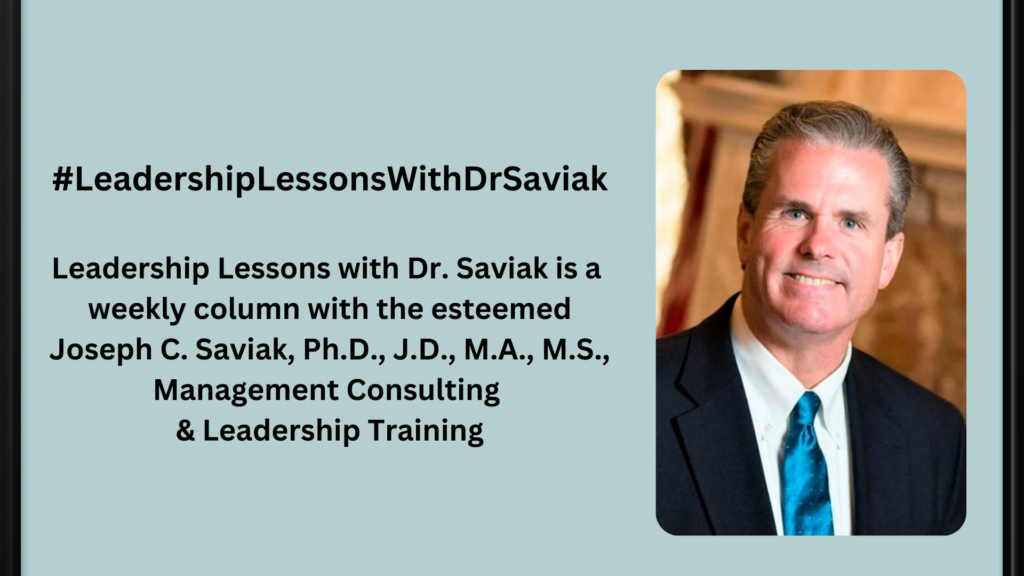Your Most Important Decision
The people and personalities you recruit and hire have to be an excellent match for the mission, culture, team, and customers of the organization. It drives the difference between failure and success.
If you wait until a stranger applies, you have likely lost. You have to continuously identify and recruit the talent you need before they ever apply or even think of your company. Find and cultivate those talent pools, pipelines, and partnerships which consistently yield the right employees for your organization.
People come with different knowledge, personalities, strengths, and skills. We also all have areas for improvement. Some things are teachable, and some are not. For example, if customer service is everything at your company, then you have to hire individuals who have the capability and desire to excel in customer service. All hiring must be mission-oriented, and all employees have to fit and match the organization’s culture. No amount of talent can overcome a poor fit with the mission, culture, and team.
Employ an extensive and continuous system of talent scouting, employee recruitment, and a personnel process which enables the organization to truly understand who this person is and who he or she is not. Almost everyone can make it through one interview. Test skills in a second interview. Have them interact with multiple employees. Do not just ask subject matter knowledge questions. Ask questions involving character like a real-world scenario with ethical decision-making involved. Hire character, teach knowledge, and strengthen skills.
Look for red flags in their employment history. Past employers may be reluctant to talk but there are clues. Ask well designed and proven questions during the two interviews which are likely to reveal who this person really is.
Look at your best and worst hires over time. What were the indicators? How well are your recruitment, hiring, and onboarding processes working? Apply accepted metrics to your human resources function and evaluate its performance.
Moreover, everyone in the organization needs to be a recruiter. Integrity and excellence tend to recruit the same. Who you hire now matters so much to who you will hire later and retain. Who you hire today may be a supervisor in the future. For example, good supervisors can greatly aid in performance and retention. Bad supervisors will cost you good members of the team and be magnets for more problem employees. People attract who we are as Maxwell often observes.
Professional abilities are generally coachable but personal qualities are less so. Yes, there are times when a coaching session improves an attitude and relationships with customers and fellow employees. However, it is more likely, this is who they are. They do not want to change, and you cannot alter who they really are.
If you consistently see negative but unfixable personal qualities (e.g., rude and abrasive towards others) at any time during the recruitment, hiring, or probationary process, do not hire or ignore the problem. If they are un-coachable, they are unemployable. When someone clearly refuses to fit the culture or team, fire fast. Problem employees do not get better with time. They cost the company far more than they could ever deliver.
There is no perfect personnel process. You will make a bad hire or two. This is why a probationary period is your best friend. People will show who they are or are not over time. The person who can impress during interviews as an individual of talent and integrity has a hard time pretending to be someone else over the course of the first six months.
Always reward the right behavior – honesty, hard work, civility, professionalism, competence, and a desire to grow and be better. Likewise, once you see and hear attitudes and behavior counter to the defining values of your organization, deal with it. If it is coachable, then mentor, hold them accountable, and reward and reinforce when behavior improves. When the person is toxic to the organization and those you serve, do not hesitate to provide them with an opportunity to engage in that behavior somewhere else. This is called leadership. You will never outperform the people you bring on to your team.














































